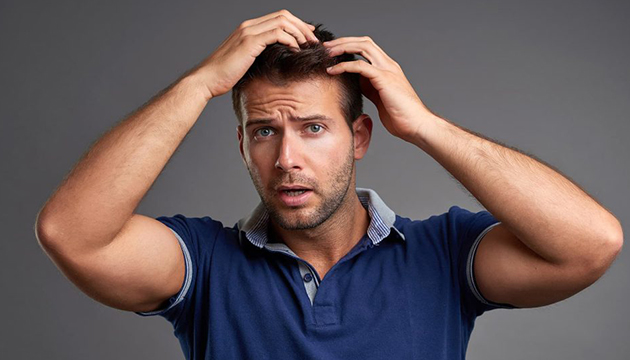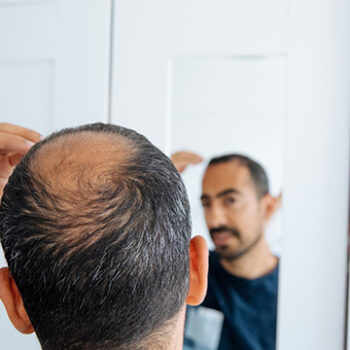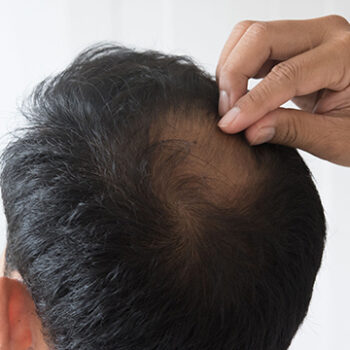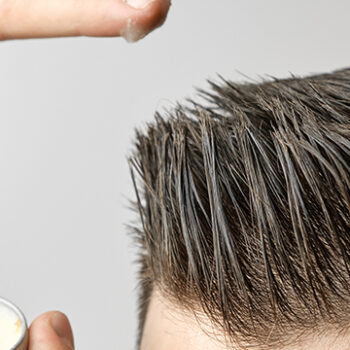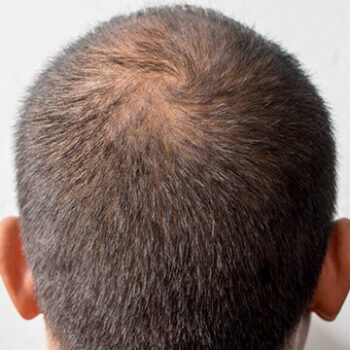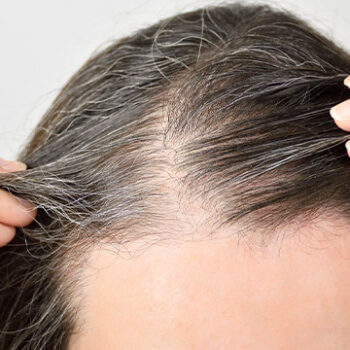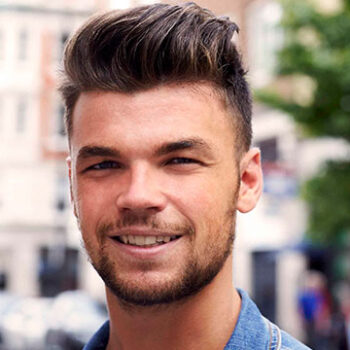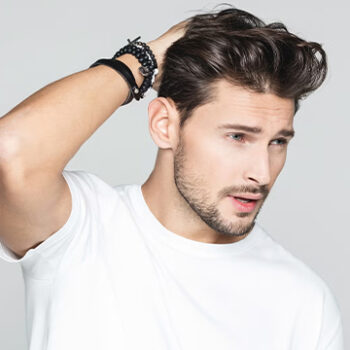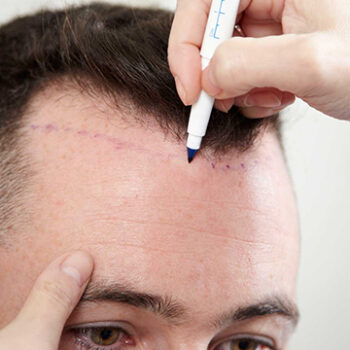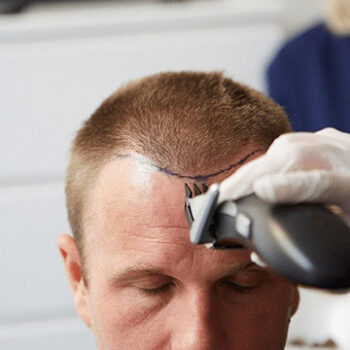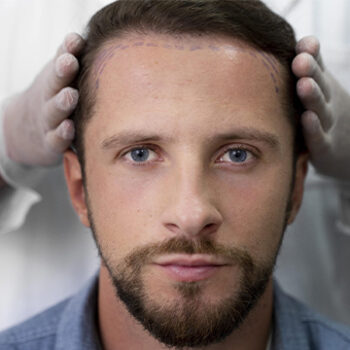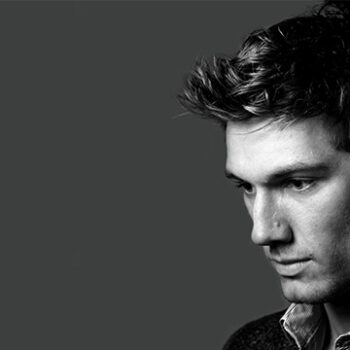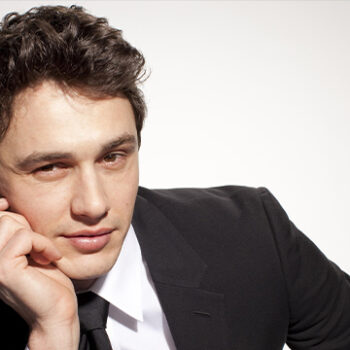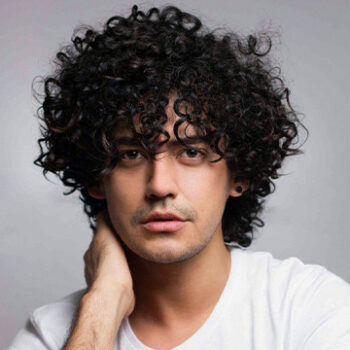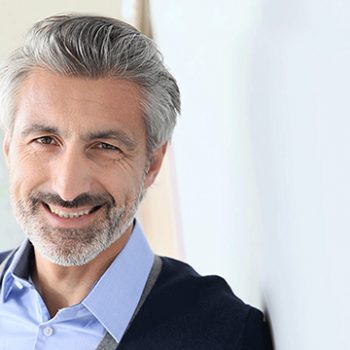Although patients want to achieve the appearance they want as soon as possible after hair transplantation, there is a period of time for patients to wait tohave the appearance they want after the transplant. First of all, patients should be ready for the shedding of newly transplanted hair follicles in the first 3 months after hair transplantation. After this phase, which is called shock shedding, in which the newly planted hair follicles fall out, new and permanent hair starts to grow in place of the shedded roots. New and permanent hair is expected to grow by 2 cm in 4-5 months after hair transplantation. On average, it takes one year for the patient to get the desired result from hair transplantation.
After the hair transplant, there is a two-week scabbing phase of the scalp awaiting the patient. When hair follicles taken from the donor area are transferred to the recipient area, they experience a process of retention and adaptation. A phase of shedding of newly planted hair follicles, called the shock shedding phase, is experienced after that. Then, new and permanent hair follicles begin to grow in place of the shed hair follicles. In the next stage, hair follicles grow slowly. In the fifth or sixth month after hair transplantation, it is expected that the newly-grown hair follicles will grow up to 2 cm, but this period differs for everyone. At the beginning, the newly-grown hair follicles are not what the patient desires, because the first hair follicles are not in the normal hair form but rather soft hairs.
After hair transplantation, it is important for permanent hair to grow in place of temporary hair follicles in the shock loss phase. Permanent hair must come out and those new hair strands are supposed to take normal hair shape and grow. During this process, since it takes four or five months for permanent hair to appear and grow, the patient should be realistic and not expect any improvement before this period. Shock shedding stops completely in the second month after hair transplantation. Within four months new and permanent hairs appear, beginning with months 6-7, the patient’s desired appearance is achieved. Hair follicles grow about 80% in seven months, and 100% after year one. It is normal for the first hairs of the patients to have a curly appearance, their appearance will mirror that of the patient’s own hair at the end of a year. In addition, it is normal for the first hairs to be thin, those will turn into normal hairs at the end of a year. In summary, the growth of new hair after transplantation varies from person to person, but it takes an average of one year.
How is Hair Transplant Planning Made?
Hair transplantation is planned in three stages, the recipient stage, planning of lines and canal openings. In the planning of the recipient stage, hair follicles are collected from the donor area with 0.6-0.7 mm wide special-tipped pens. Care must be taken to protect the donor area from trauma as much as possible. When hair follicles are collected, the neck area should be considered equally. If the hair transplantation is not sufficient, attention should be paid to hair integrity as second and third sessions may be needed. After the hair follicles are collected, these areas are filled with special liquid pens and this stage is completed.
In the planning and drawing stage, which is the second stage, the planning is made for hair transplantation based on how much bald skin the patient has, the type and stage of hair loss, and how many follicles should be planted in which area. When calculating where the hair follicle will be planted for hair transplantation, attention should be paid to where the existing hair follicle is.
Finally, the channel opening stage is where small cuts are made on the scalp carefully. These cuts should be made at an angle of 40-45 degrees parallel to the skin and in a natural way. Hair follicles planted in channels where the angle isn’t correct will not grow naturally and an unaesthetic appearance will appear. When the patient chooses the best hair transplant center for themselves, they do not need to worry about this because the center will plant in the most natural way for the patient.

 English
English Français
Français Deutsch
Deutsch Türkçe
Türkçe 中國人
中國人